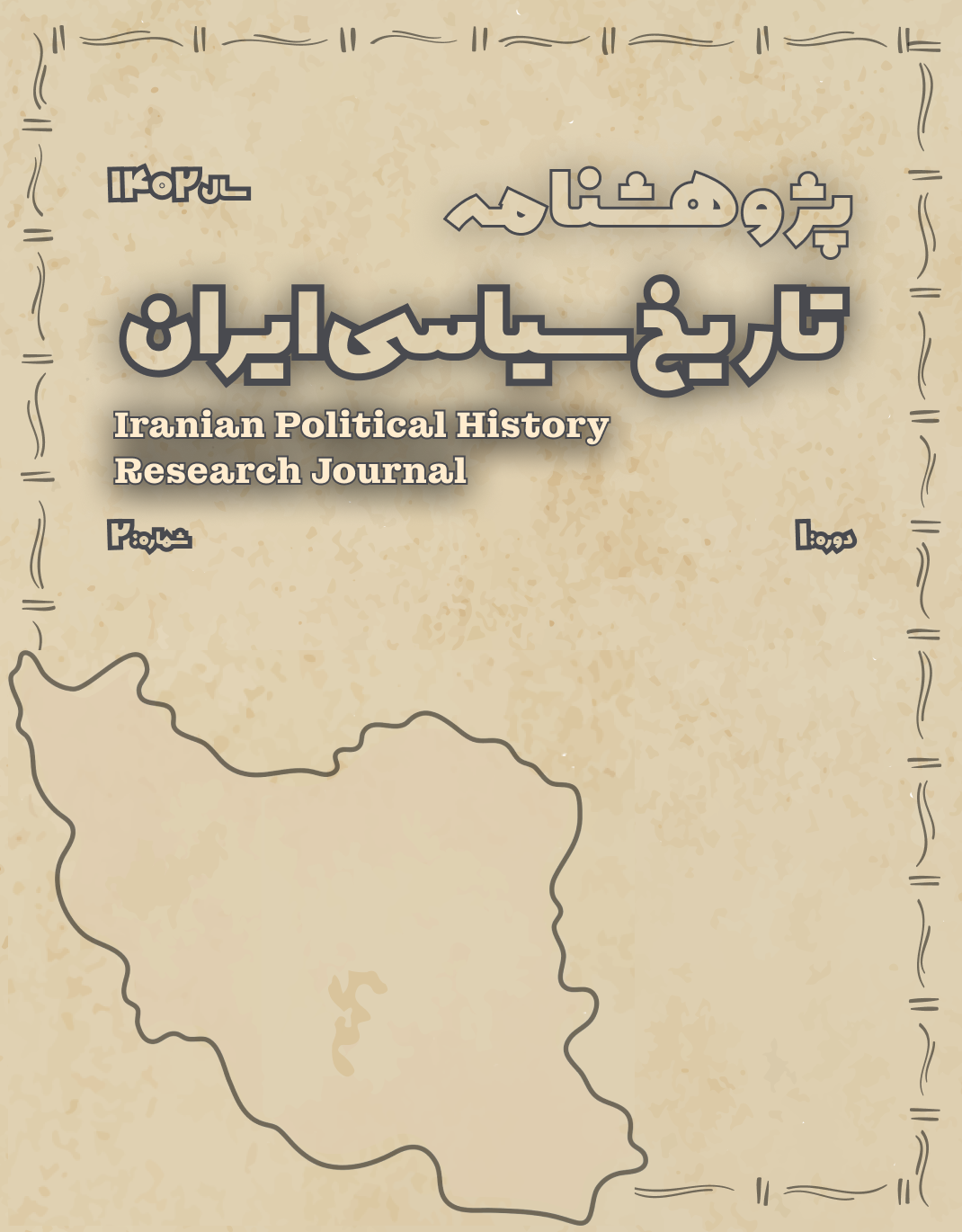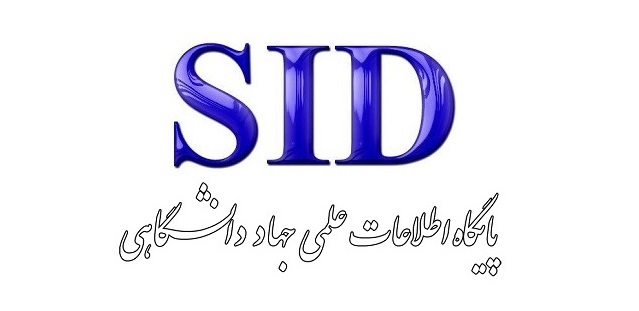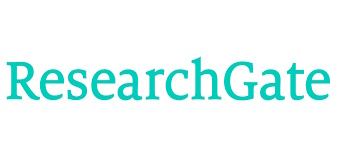The History of Consultative Institutions in Iran: From the Divan-e Homayoun to the Islamic Consultative Assembly
Keywords:
Consultative institutions, Islamic Consultative Assembly, Divan-e Homayoun, Iranian Constitution, power centralization, constitutionalism, Islamic Republic, historical institutionalism, political legitimacy, political participationAbstract
This article explores the historical evolution of consultative institutions in Iran, from the Divan-e Homayoun in the pre-modern era to the Islamic Consultative Assembly in the post-revolutionary period. Adopting a descriptive-analytical approach and drawing upon authoritative historical sources, the study demonstrates how these institutions have been shaped by the dynamics of centralized power and how their institutional independence has varied across different political eras. In traditional Iran, institutions such as the royal court (Divan-e Homayoun) played largely ceremonial roles, lacking autonomy and real influence in governance. During the Pahlavi era, although a modern institutional facade was established through the creation of the National Assembly and the Senate, these bodies remained subservient to the monarchy due to electoral engineering and authoritarian modernization. The Islamic Revolution and the subsequent 1979 Constitution brought renewed expectations for legislative autonomy; however, the emergence of parallel institutions, such as the Guardian Council and the Expediency Council, along with structural limitations such as vetting and clerical oversight, curtailed the full realization of consultative capacity. Through a comparative analysis of institutional structures, degrees of independence, and functional roles, as well as the influence of intellectual paradigms including tradition, modernity, and political Islam, the article argues that consultative institutions in Iran have persistently oscillated between democratic aspirations and centralized realities. Ultimately, the study calls for critical reflection on institutional design, the reinforcement of participatory culture, and further research into the relationship between legitimacy, political efficacy, and consultative governance in Iran’s future political development.
Downloads
References
Abrahamian, E. (2008). A History of Modern Iran. Cambridge University Press.
Chehabi, H. E. (1990). Iranian Politics and Religious Modernism: The Liberation Movement of Iran under the Shah and Khomeini. Cornell University Press.
Gheissari, A., & Nasr, V. (2006). Democracy in Iran: History and the Quest for Liberty. Oxford University Press.
Katouzian, H. (2003). State and Society in Iran: The Eclipse of the Qajars and the Emergence of the Pahlavis. I.B. Tauris.
Lambton, A. K. S. (1980). State and Government in Medieval Islam: An Introduction to the Study of Islamic Political Theory. Oxford University Press.
Milani, A. (2011). The Shah. Palgrave Macmillan.
Schirazi, A. (1997). The Constitution of Iran: Politics and the State in the Islamic Republic. I.B. Tauris.









